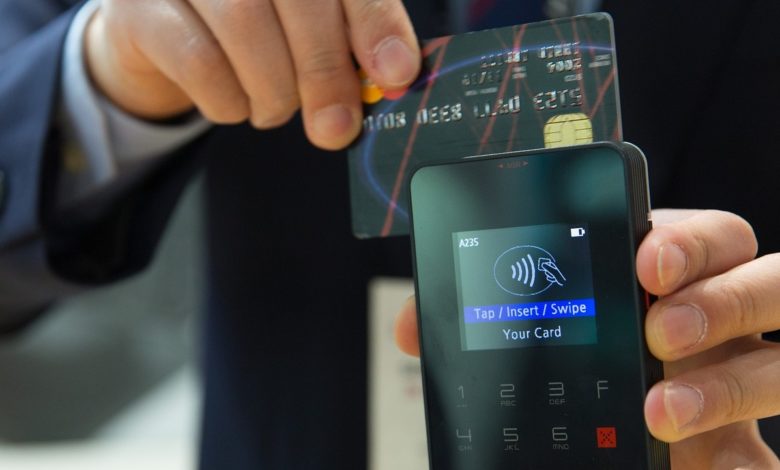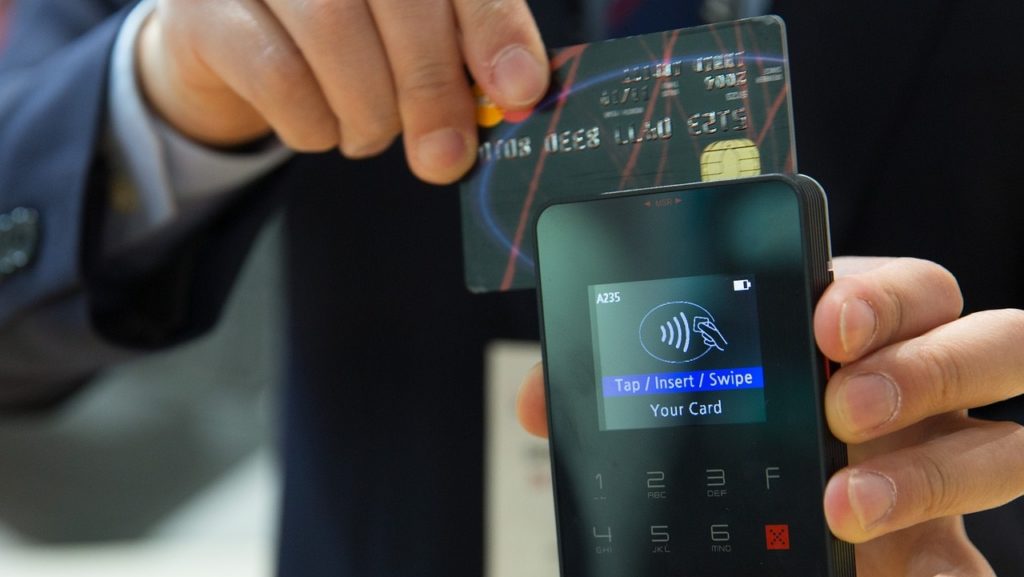Record Consumer Debt Levels Continue to Climb

Consumers continue to add to their record level of debt as higher prices squeeze wallets.
Americans added another $40.1 billion to the debt load in June, according to the latest data from the Federal Reserve. That represents a 10.5% year-on-year increase.
The surge in debt significantly beat the $27 billion expectation.
Americans now owe a record $4.627 trillion in consumer debt. The Federal Reserve consumer debt figures include credit card debt, student loans, and auto loans, but do not factor in mortgage debt. When you include mortgages, US consumers are buried under more than $16.2 trillion in debt.
Americans are burning up plastic in order to make ends meet. Revolving credit, primarily reflecting credit card debt, rose by another $14.8 billion in June, a sizzling 16% y-o-y increase. To put that into perspective, the annual increase in 2019, prior to the pandemic was 3.6%. It’s pretty clear that with stimulus money long gone, Americans have turned to plastic in order to make ends meet as prices continue to skyrocket.
Revolving debt now stands at $1.125 trillion — above the pre-pandemic record.
Americans, by and large, kept their credit cards in their wallets and paid down balances at the height of the pandemic in 2020. This is typical consumer behavior during an economic downturn and the trend was even more pronounced with pandemic stimulus checks. Credit card balances were over $1 trillion when the pandemic began. They fell below that level in 2020 with an 11.2% drop. We saw small upticks in credit card balances in February and March of last year as the recovery began, with a sharp drop in April as another round of stimulus checks rolled out. But Americans started borrowing in earnest again in May 2021. Since then, we’ve seen a steady increase in consumer debt with a huge surge in borrowing in March and April.
Not only are credit card balances growing; consumers are trying to find ways to borrow even more. According to Fed data, Americans opened 233 million new credit card accounts in the second quarter of this year. That was the largest number of new accounts opened in a single quarter since 2008 – the beginning of the Great Recession.
Aggregate limits on credit card accounts increased by $100 billion in Q2 and now stand at $4.22 trillion. That reflects the largest increase in more than 10 years.
Rising interest rates are bad news for Americans depending on credit to pay their bills. With interest rates rising, Americans are paying more in interest charges every month, and many will see minimum payments rise. Average annual percentage rates (APR) currently stand at just over 17.42%. That’s up from 16.6% just two months ago. Analysts say they may well rise above 18% by the end of the year, breaking the record high of 17.87% set in April 2019. With every Federal Reserve interest rate increase, the cost of borrowing will go up, putting a further squeeze on American consumers.
Non-revolving credit also surged in June, increasing by $25.4 billion, an 8.8% year-on-year jump. This includes auto loans and student loans. Total non-revolving credit now stands at $3.502 trillion.
Auto loan balances increased by $33 billion to $199 billion in Q2. This primarily reflected higher origination amounts per loan rather than a greater volume of loans. In other words, Americans aren’t buying more cars, but they are paying more for the cars they’re buying.
The mainstream continues to insist that this rapid runup in debt is a sign of a “strong” economy. MarketWatch reported, “How much credit households use is seen as a good window into the strength of the economy. Consumers tend to borrow more when times are good and cut back when the economy is weak.” Meanwhile. Fed chair Jerome Powell keeps telling us that “households are in very strong financial shape.”
But this narrative doesn’t account for the fact that the price of everything has gone up substantially in the last year. It seems far more likely that Americans have turned to borrowing because they don’t have any other way to make ends meet. People don’t use Visa to buy groceries when they are in “very strong” financial shape.
Wages have not kept up with rising prices. While average hourly earnings are up 5.1% on the year, real earnings factoring in the CPI have dropped by over 4%. The stimulus checks are long gone. Savings are being depleted. The average person has no choice but to pull out the plastic. Of course, this is not a sustainable trajectory. A credit card has this inconvenient thing called a limit.
Call 1-888-GOLD-160 and speak with a Precious Metals Specialist today!
Buka akaun dagangan patuh syariah anda di Weltrade.
Source link







